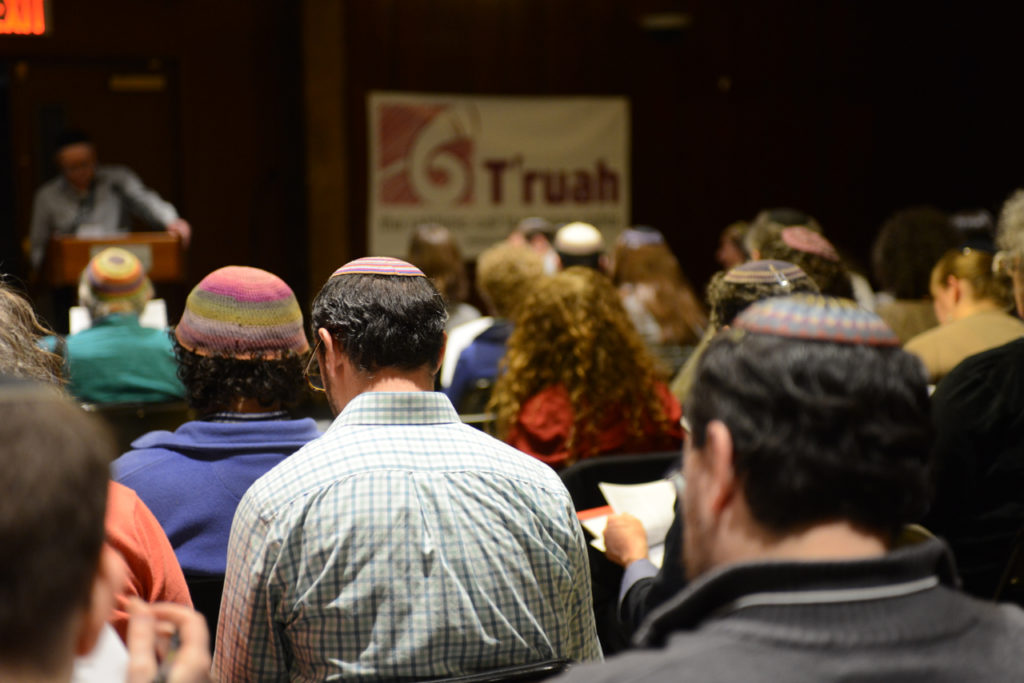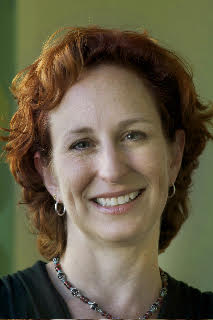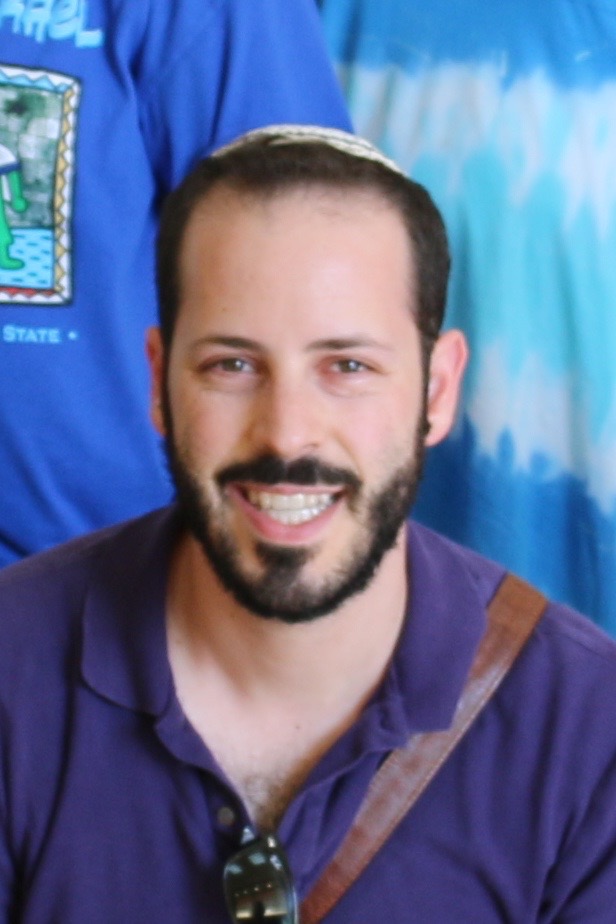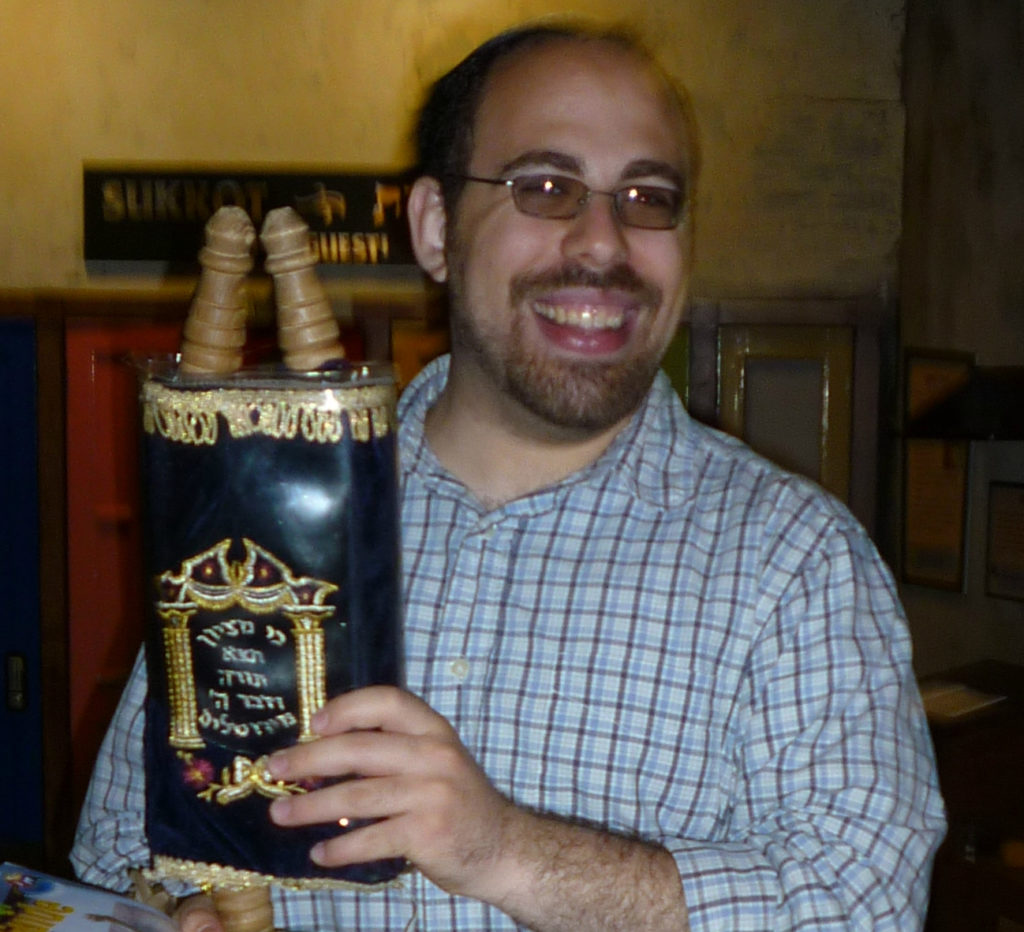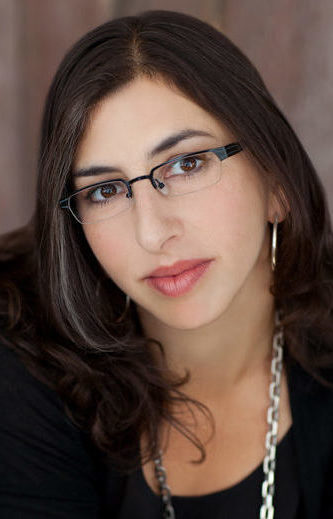Sent Out of the Camp
This week’s parashah deals with a somewhat puzzling disease, called tzara’at, often translated as “leprosy.” As the Torah describes it, it’s an affliction that could appear on human skin, on clothes, or even infect houses. It’s not clear if the affliction is truly physical, as Leviticus seems to indicate, or if it’s a physical manifestation of...
read more
